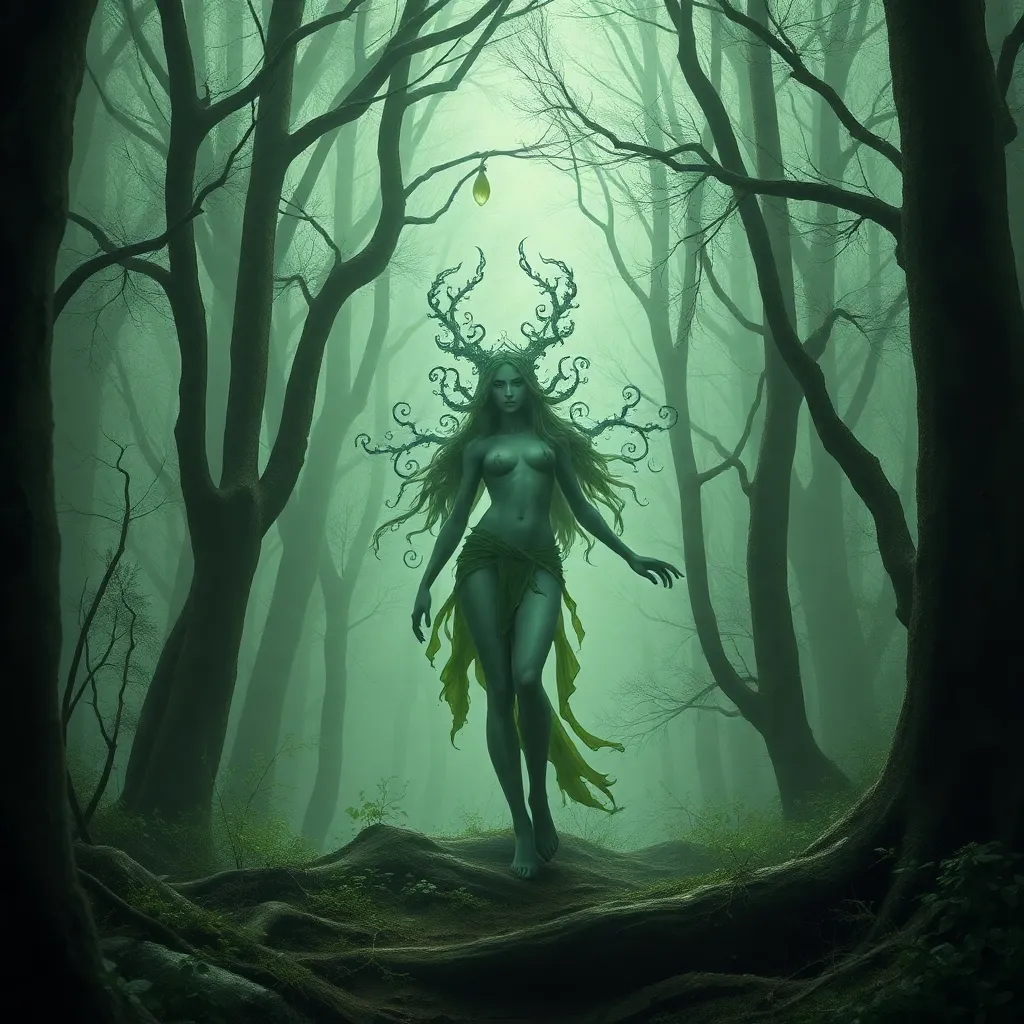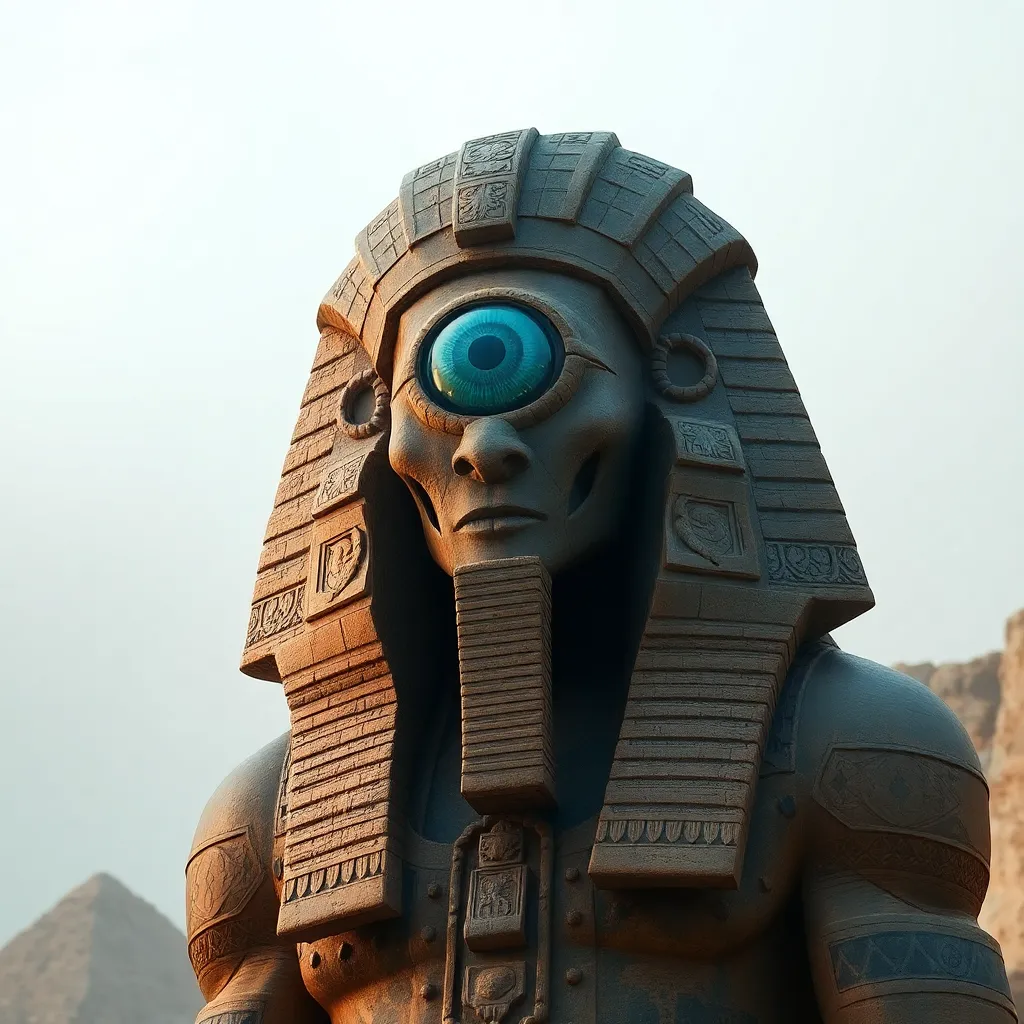The Dybbuk in Yiddish Literature: A Window into Jewish Folklore
I. Introduction
The Dybbuk, a term derived from the Hebrew word dāḇaq, meaning to cling, refers to the restless spirit of a deceased person that possesses the living. This concept has intrigued and terrified communities for centuries, embodying deep-rooted fears and beliefs about the afterlife and spiritual unrest.
Yiddish literature, a rich tapestry woven from the experiences, struggles, and aspirations of Jewish communities in Eastern Europe, serves as a crucial platform for exploring the Dybbuk. It not only entertains but also reflects the cultural and historical contexts in which it was created.
This article aims to delve into the Dybbuk as a lens through which we can better understand Jewish folklore, examining its historical context, representation in literature, and its broader cultural significance.
II. Historical Context of the Dybbuk
The origins of the Dybbuk are deeply intertwined with Jewish mysticism, particularly Kabbalistic beliefs that emerged in the 16th century. Kabbalists believed that the soul could be fragmented and that a part of it could become a Dybbuk, seeking refuge in the body of a living person.
Over the centuries, the Dybbuk myth evolved, influenced by various historical events such as the expulsions, pogroms, and the Holocaust. Each of these events left a profound impact on Jewish identity and spirituality, contributing to the lore surrounding the Dybbuk.
In Eastern European Jewish communities, the Dybbuk was often perceived as a manifestation of unresolved issues, whether they were personal grievances or communal traumas. The Dybbuk became a cautionary tale, warning against moral transgressions and the importance of spiritual rectitude.
III. The Dybbuk in Yiddish Literature
The Dybbuk has found its most famous literary expression in S. Ansky’s play, “The Dybbuk,” written in 1920. This seminal work not only dramatizes the story of a young bride possessed by her dead lover’s spirit but also explores themes of love, loss, and cultural tradition.
A. Key literary works featuring the Dybbuk
- “The Dybbuk” by S. Ansky: A groundbreaking work that combines folklore with dramatic narrative.
- Other notable mentions: Various Yiddish stories and plays reference the Dybbuk, often highlighting its role in moral and ethical dilemmas.
B. Themes and motifs associated with the Dybbuk in literature
Common themes in Yiddish literature featuring the Dybbuk include:
- The struggle between the living and the dead
- The quest for identity and belonging
- The impact of communal trauma and personal loss
IV. Symbolism and Interpretation
The Dybbuk serves as a multifaceted symbol in Jewish folklore and literature, representing the complexities of the soul and identity. It embodies the idea that unresolved issues can transcend death, leading to spiritual unrest.
A. The Dybbuk as a representation of the soul and identity
The concept of the Dybbuk highlights the belief that individual identity is deeply connected to community and ancestry. The possession by a Dybbuk raises questions about the continuity of identity beyond death.
B. Psychological interpretations of possession and unrest
Psychologically, the Dybbuk can be interpreted as a metaphor for inner turmoil and unresolved conflicts. The act of possession symbolizes the struggle to confront one’s past and the haunting memories that linger.
C. The Dybbuk as a metaphor for social and cultural issues
The Dybbuk also reflects broader social and cultural issues, such as the impact of migration, loss of tradition, and the struggle to maintain cultural identity in the face of modernity.
V. The Dybbuk in Folklore and Oral Traditions
Folklore surrounding the Dybbuk is rich and varied, with numerous anecdotes and tales that have been passed down through generations. These stories often serve as moral lessons and reflect the values and concerns of the community.
A. Folkloric tales and anecdotes surrounding the Dybbuk
Tales of the Dybbuk often recount encounters with spirits, rituals for exorcism, and the consequences of moral failures. These stories highlight the communal beliefs regarding life, death, and the spiritual realm.
B. The relationship between written literature and oral storytelling
The transition from oral traditions to written literature has helped preserve the Dybbuk myth, allowing it to reach wider audiences while retaining its folkloric roots. Oral storytelling has enriched the narratives found in Yiddish literature.
C. The impact of folklore on Yiddish literary depictions
Folklore has significantly influenced Yiddish literature, providing a foundation for character development, plot structures, and thematic explorations. The Dybbuk, in particular, serves as a bridge between the past and contemporary narratives.
VI. Modern Adaptations and Influences
The Dybbuk continues to resonate in contemporary literature and theater, inspiring adaptations that explore its themes in new contexts. Its haunting presence has permeated various forms of art and media.
A. The Dybbuk in contemporary literature and theater
Modern playwrights and authors have reimagined the Dybbuk narrative, often incorporating contemporary issues such as identity politics, mental health, and cultural dislocation.
B. Influence on film and popular culture
The Dybbuk has influenced numerous films and television shows, often depicted as a horror element that explores the boundaries between life and death, sanity and madness.
C. Reinterpretations of the Dybbuk in modern Jewish thought
Contemporary Jewish thinkers have revisited the concept of the Dybbuk, using it as a framework to discuss issues of trauma, memory, and the ongoing quest for spiritual and cultural identity in a rapidly changing world.
VII. Comparative Analysis
The Dybbuk can be compared to other folklore creatures across different cultures, providing insight into the universal themes of possession and the afterlife.
A. The Dybbuk in comparison with other folklore creatures
Similar to the Dybbuk, creatures like the banshee in Irish folklore or the poltergeist in Germanic myths also represent themes of death and unrest.
B. Similarities and differences with global supernatural myths
While many cultures have myths of possession, the Dybbuk’s unique connection to Jewish identity and spirituality sets it apart from other global supernatural narratives.
C. The Dybbuk’s unique position within Jewish folklore
The Dybbuk occupies a distinct place in Jewish folklore, embodying the complexities of Jewish history, spirituality, and the communal psyche.
VIII. Conclusion
In summary, the Dybbuk serves as a powerful symbol within Yiddish literature and Jewish folklore, encapsulating themes of identity, trauma, and the ethereal boundaries between life and death.
Its continuing relevance highlights the enduring nature of Jewish culture and the ways in which folklore can illuminate the human experience. The intersection of folklore, literature, and identity remains a vibrant field of exploration, as the Dybbuk continues to provoke thought and inspire creativity in both traditional and modern contexts.



